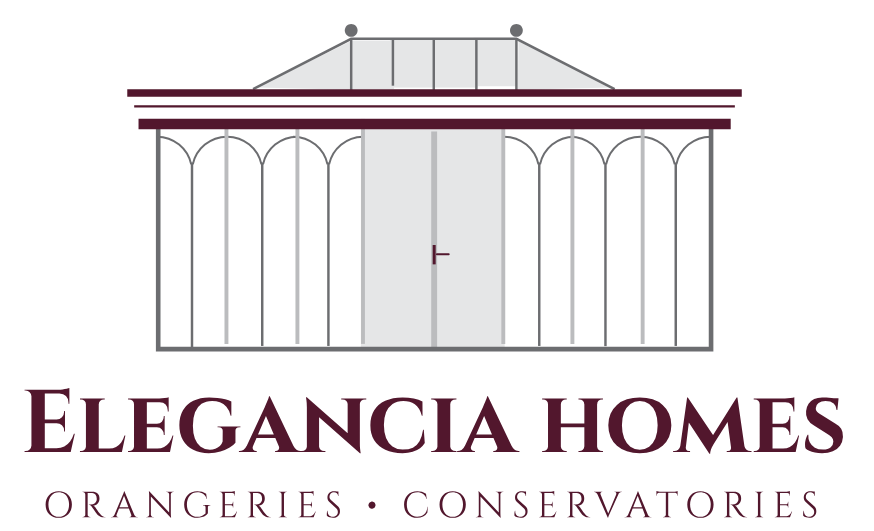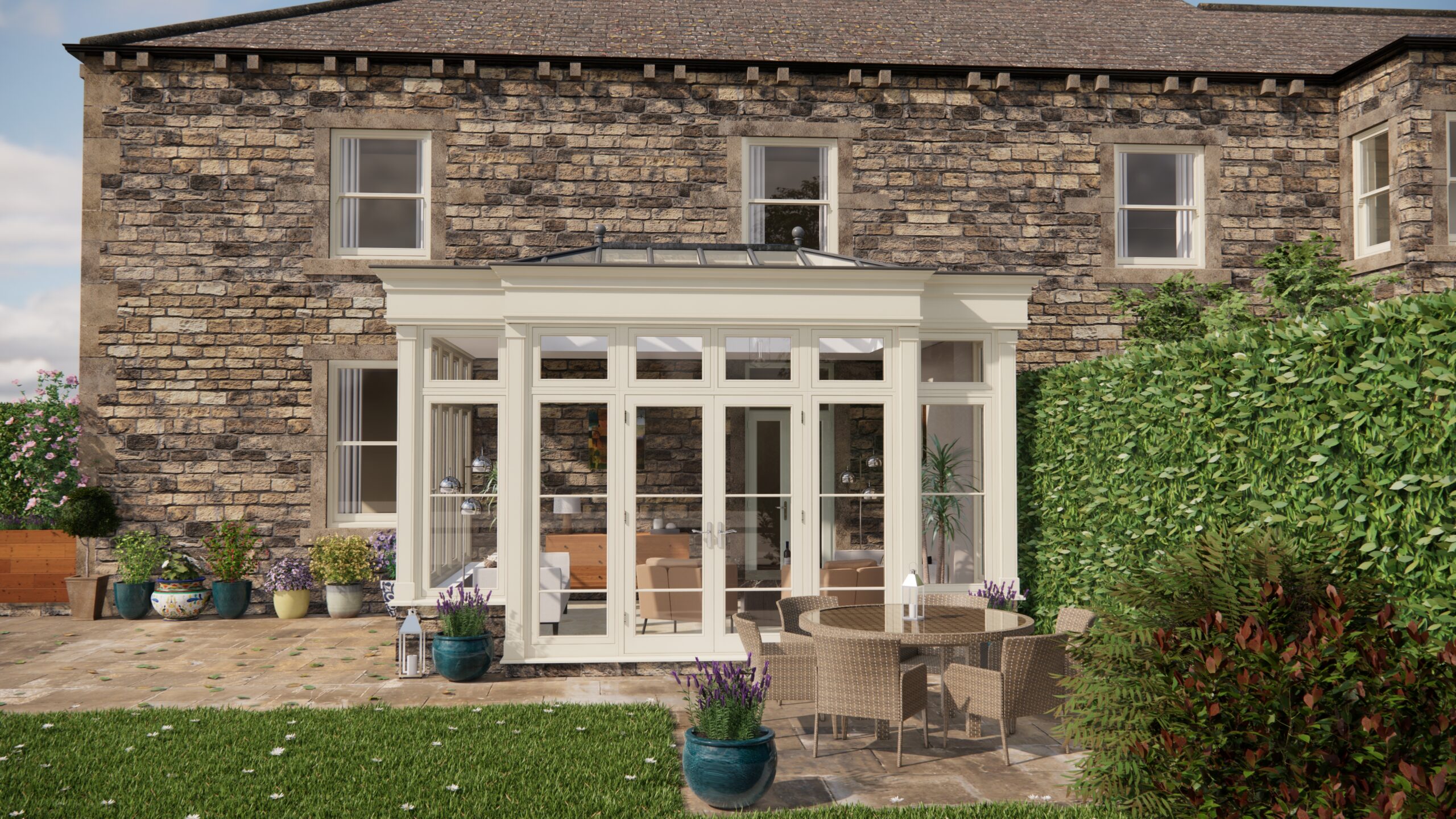Right, so I recently had a fascinating chat with Louis, a chap who’s been building and designing orangeries for years. My main interest was lighting – specifically, how to maximise both natural and artificial light throughout the year in these often-complex structures, especially when juggling the constraints of older properties and planning regs. It’s a topic that comes up again and again when I’m looking at articles about outbuildings, materials, matching existing architecture, and of course, the dreaded damp-proofing. So, I thought I’d share some of his wisdom.
“First things first,” Louis started, leaning back in his chair with a knowing smile, “forget just sticking a few downlights in. Orangery lighting needs to be thought about, like a proper design feature. You’ve got this amazing glazed structure, you want to show it off!”
Harnessing Natural Light: This is obviously the big win in an orangery. Louis stressed the importance of considering the orientation of the building during the design phase. “South-facing is great for maximising winter sun, but you’ll need to think about shading in the summer to prevent overheating and glare.” He recommended considering options like solar control glass or even well-placed deciduous trees to provide natural shading in the warmer months. Think about it: Understanding the sun’s path throughout the year is your foundation. Use software or even old-school charts to visualize how light will enter the space at different times. This informs window placement and the selection of glazing.
Supplementing with Artificial Light: Now, even the sunniest orangery needs artificial light, especially in the evenings and during the darker months. Louis is a big fan of LEDs. “They’re just so much more efficient. Less heat, longer lifespan, and you can get them in all sorts of colours and styles now.” He recommended layering light – think ambient, task, and accent lighting.
- Ambient Lighting: This is your general, overall light. Think dimmable spotlights or even strategically placed uplighters to bounce light off the ceiling. Dimmers are essential here; they allow you to adjust the light levels to suit the mood and time of day.
- Task Lighting: This is for specific activities – reading, working, etc. Louis suggested adjustable desk lamps or wall-mounted lights that can be directed where needed. “Don’t forget the potential for dedicated lighting for things like growing seedlings or tending to indoor plants!”
- Accent Lighting: This is where you really get to show off the architecture. Use spotlights to highlight interesting features, artwork, or plants. “Consider using colour-changing LEDs to create different moods and atmospheres,” Louis suggested. “They can be surprisingly effective.”
He also cautioned against glare. “Think about the placement of your lights and the materials you’re using. Shiny surfaces can reflect light and cause discomfort. Diffusers and lampshades can help to soften the light and reduce glare.”
Smart Home Integration: This is where things get really interesting. Louis explained how smart home systems can integrate heating and lighting controls for optimal energy efficiency. “Imagine the lights automatically dimming when there’s enough natural light, or the heating turning down when the sun is shining brightly through the windows. It’s all possible!” He recommended looking into systems that allow you to create custom lighting scenes for different activities or times of day. “You could have a ‘dinner party’ scene that dims the lights and turns on some accent lighting, or a ‘relaxing evening’ scene that creates a warm and inviting atmosphere.”
Planning and Building Regulations: Of course, it’s not all about the fun stuff. Louis reminded me of the importance of considering planning requirements, particularly for listed buildings. “You might need to get permission to install certain types of lighting, especially if it affects the exterior appearance of the building.” He also stressed the importance of complying with building regulations, which cover things like electrical safety and energy efficiency. “Always use a qualified electrician to install your lighting, and make sure they’re familiar with the relevant regulations.”
Insulation and Glazing: Finally, Louis touched on the importance of insulation and glazing. “These are crucial for overall energy performance. Good insulation will help to keep the orangery warm in the winter and cool in the summer, while high-performance glazing will reduce heat loss and gain.” He suggested looking into options like triple glazing and low-emissivity (low-E) coatings. “They can make a significant difference to the energy efficiency of your orangery.”
So, to pull it all together, think about the sun’s path, supplement with clever, layered, and dimmable LED lighting, consider a smart system, and of course, triple check planning and building regs before you even touch a screwdriver. Louis definitely opened my eyes to the possibilities – and the challenges – of lighting design in orangeries. Now, to get building!


